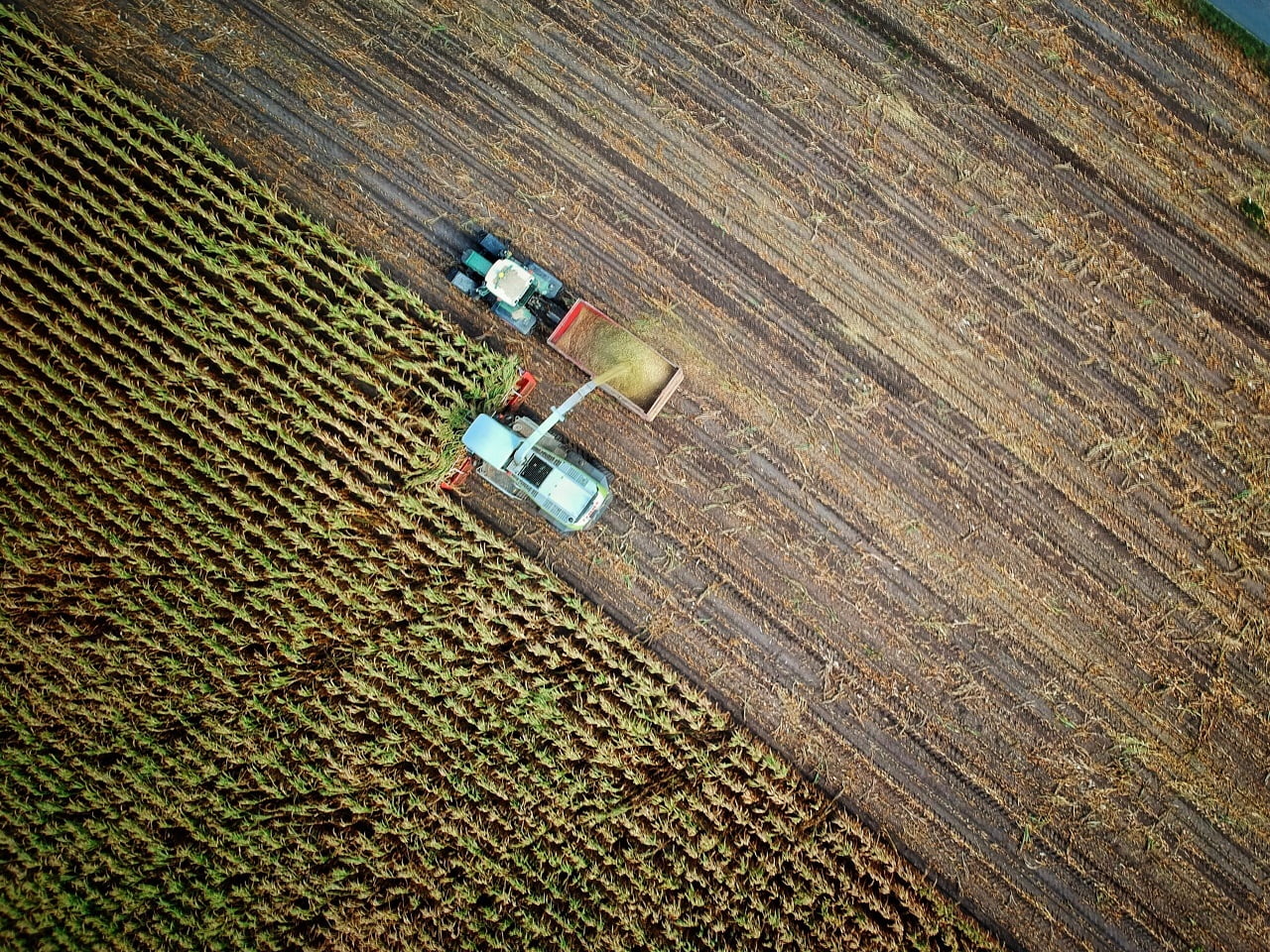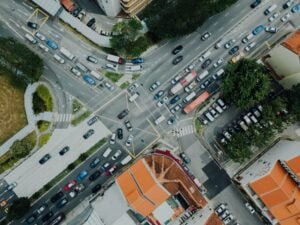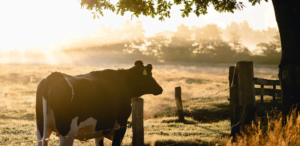This use case was initiated in collaboration with the Data Sharing Coalition, one of the founding partners of the CoE-DSC.
Although the agricultural sector is society’s food source and therefore arguably one of the most important sectors of our economy, it has been struggling with decreasing margins for years. Cost-cutting has become an essential part of the sector, and the lack of labour that is cost-efficient enough has led to several issues. From financial problems for many farmers to an increase in illegal immigrant labour. As many of the tasks at a farm are relatively repetitive tasks, automation of a lot of the work of a farmer might offer a solution.
The essential fuel of this automation is data. Data on soil, crops, animals, and all other relevant aspects of the farm can be used to automate certain processes on the farm. For this to happen, relevant data must become available for as many applications as possible that help the farmer in reducing costs and maximising output. Given the complexity of data analysis in agriculture, it is essential that the data can be shared with a wide range of service providers to ensure they can collaborate on the most accurate analysis. This is precisely what the Data Sharing Coalition is aiming for in the use case we are working on together with our participant KPN.
Collaborating towards a framework for sharing of agricultural IoT data
In the use case, we are working towards a uniform way of sharing agricultural IoT (agro-IoT) data between a wide range of market players. In the world of agro-IoT data, there are three functions that are essential to create the intended value: scanning, analysing, and acting. The scanning function concerns the generation of data on several aspects of the farm, such as on the quality of the soil. This can be done by machines such as a drone, tractor, or robot. The analysing function analyses this data and creates actionable insights from it. Finally, the acting function performs an action or service based on the insights that are given to it. Together, these functions can enable a wide range of new services and propositions based on Agro-IoT data. Think of robots exterminating weeds based on drone pictures, a farmer paying for a clean plot of land instead of a machine, or banks leasing certain heavy machinery to farmers based on usage data.
Right now, these three functions usually need to be performed by the same service provider, as there is not a common framework to enable the required (cross-sectoral) data sharing between them. This limits the extent to which data can be re-used to create new value. If data is shared easily, the farmer might benefit from additional, innovative services based on data re-use. The European Commission has recently published the Data Act which aims to strengthen the control of over data of in this case farmers. Furthermore, the farmer will have more freedom in selecting their service provider, as the availability of data is part of the level playing field. The long-term goal for this use case is therefore to create a common framework with the agreements required to enable seamless, many-to-many sharing of agro-IoT data.
Another challenge in this use case is connectivity of the robots in the field. For many applications of Agro-IoT data, it is required that the data from a machine is available and processed in (near) real-time. Factors such as bandwidth, latency and processing capacity will play an essential role in ensuring this. 5G networks can guarantee a connection with the robot and the required bandwidth to share and process the data in (near) real-time. KPN is able to provide these networks, given their role as Telco. Besides, the Netherlands is in a unique position to pioneer in this Agro-IoT space, given the relatively good connectivity in most of the country and the government’s supporting role in this field.
Through frequent workshops with KPN in which we clarify interaction models, requirements and design of the use cases, we are investigating what is required in such a framework and what the agreements would look like for specific use cases. In parallel, these ideas are verified with several service providers to ensure viability of our ideas and frameworks.
Providing relevant insights for generic data sharing agreements
Since this use case involves data sharing across different domains, alignment between different ways of sharing data is needed. Standards, requirements and tools for data sharing are different across domains and service providers. In order to realise the use case, common agreements need to be made on a wide range of topics, such as identification and authentication of actors in a transaction, data standards, or the legal basis for data sharing. The process behind and the content of some of these agreements can be extrapolated to other contexts of data sharing. This is why – besides creating direct value for stakeholders involved – this use case also provides insights that are important for the development of generic agreements for data sharing, which is the Data Sharing Coalition’s key deliverable. By capturing and incorporating these insights, the Data Sharing Coalition lays the foundation for generic, cross-sectoral agreements for data sharing.
Findings of this use case
Do you want to learn more about the use case design, insights on the context of the use case and insights on how the use case can be implemented in a scalable way to other use cases with similar roles? Please download our report which includes our most important findings so far.
Download the report
Do you want to know more about this use case? Or do you have an interesting idea to define and realise new cross-sectoral use cases of data sharing? Please send us an email at [email protected].




